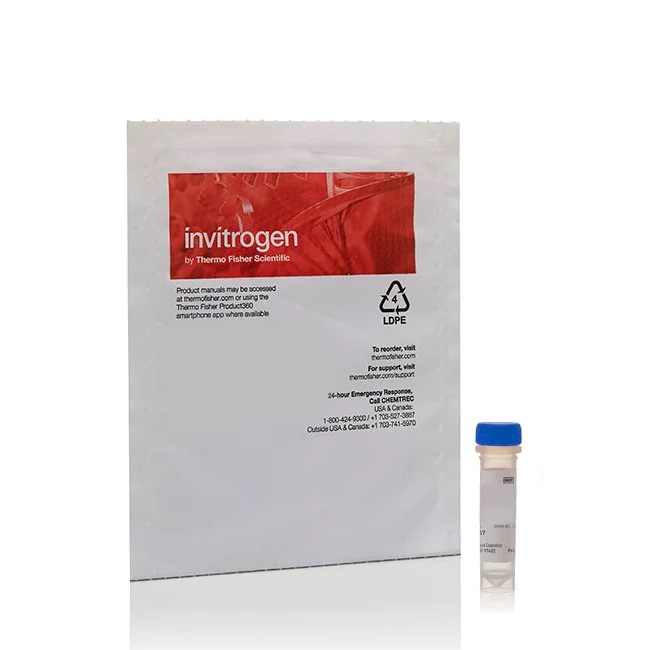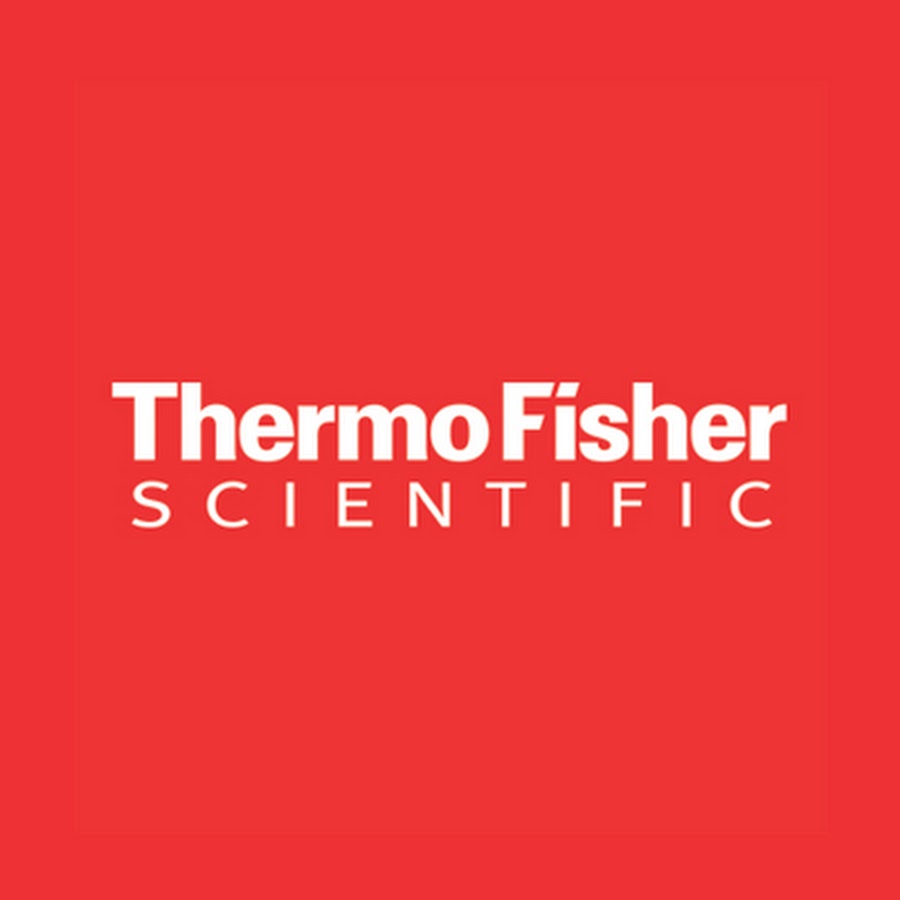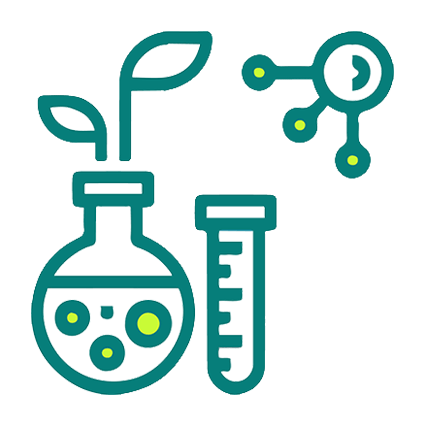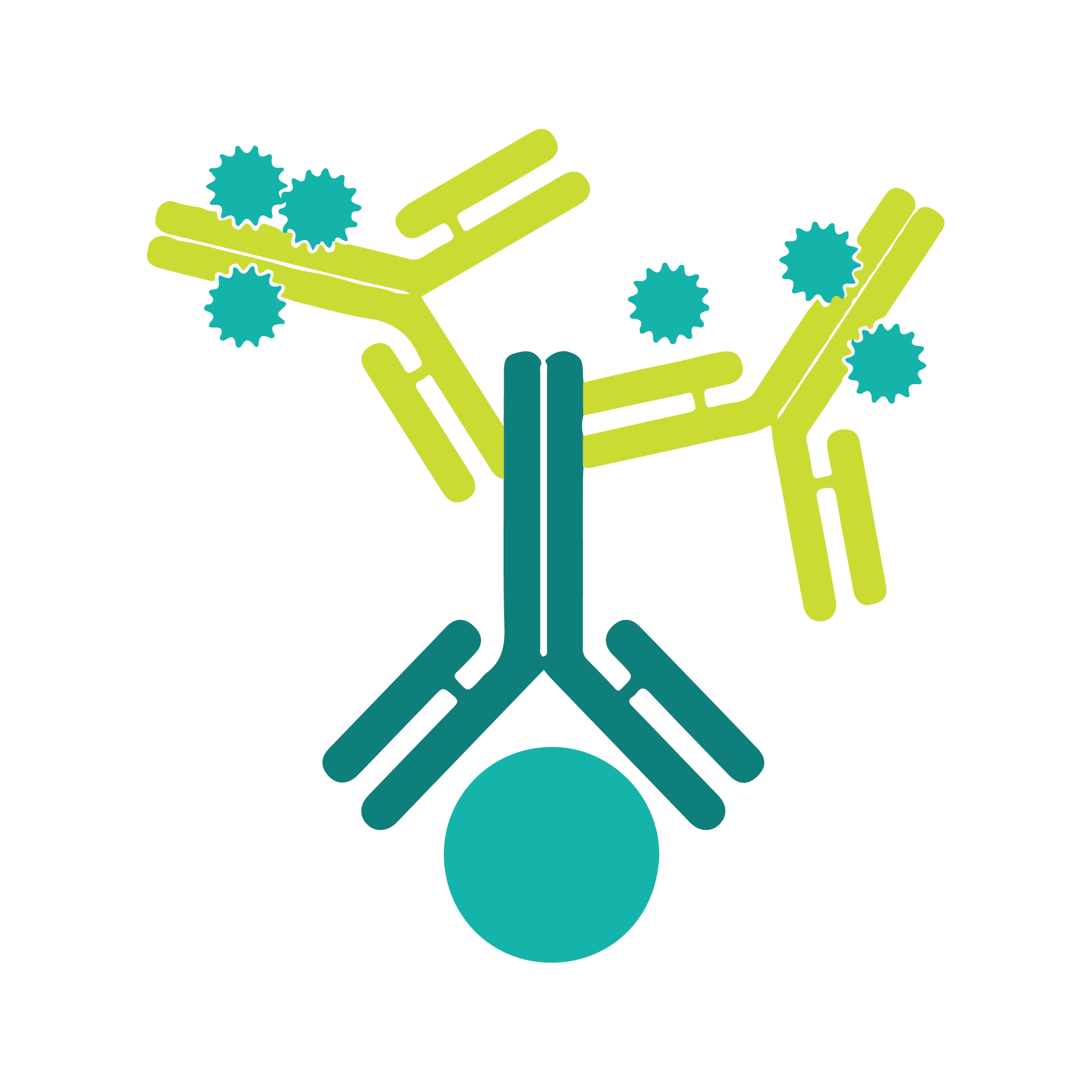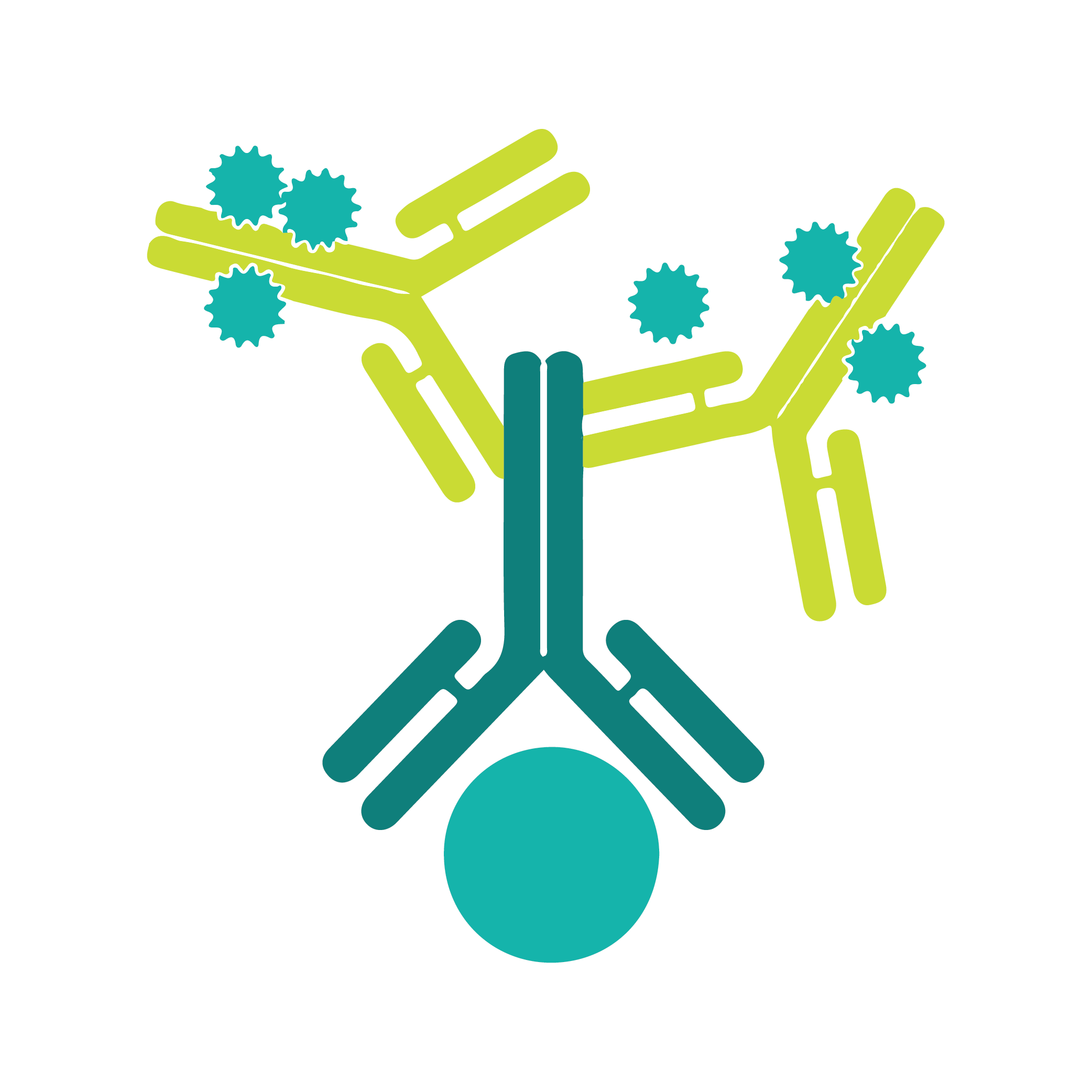Invitrogen Goat anti-Rabbit IgG (H+L) Cross-Adsorbed Secondary Antibody, Alexa Fluor™ 488, 1 mg
On demandInvitrogen Goat anti-Rabbit IgG (H+L) Cross-Adsorbed Secondary Antibody, Alexa Fluor™ 488, 1 mg
Alexa Fluor dyes are among the most trusted fluorescent dyes available today. Invitrogen™ Alexa Fluor™ 488 dye is a bright, green-fluorescent dye with excitation ideally suited to the 488 nm laser line. For stable signal generation in imaging and flow cytometry, Alexa Fluor 488 dye is pH-insensitive over a wide molar range. Probes with high fluorescence quantum yield and high photostability allow detection of low-abundance biological structures with great sensitivity. Alexa Fluor 488 dye molecules can be attached to proteins at high molar ratios without significant self-quenching, enabling brighter conjugates and more sensitive detection. The degree of labeling for each conjugate is typically 2-8 fluorophore molecules per IgG molecule; the exact degree of labeling is indicated on the certificate of analysis for each product lot.
The goat anti-rabbit IgG whole antibody conjugates are most commonly prepared by immunizing the host animal with a pooled population of immunoglobulins from the target species and can be further purified and modified (e.g., immunoaffinity chromatography, antibody fragmentation, label conjugation, etc.) to generate highly specific reagents. In the first round of purification, whole immunoglobulins binding to the immunizing antibody are recovered and mainly consist of the ~150-kDa IgG class. Further purification with Protein A or G removes all immunoglobulin classes except IgG such that the affinity-purified antibodies react with IgG heavy chains and all classes of immunoglobulin light chains from rabbit. To minimize cross-reactivity, these goat anti-rabbit whole antibodies have been cross-adsorbed against human IgG, human serum, mouse IgG, mouse serum, and bovine serum. Cross-adsorption or pre-adsorption is a purification step to increase specificity of the antibody resulting in higher sensitivity and less background staining. The secondary antibody solution is passed through a column matrix containing immobilized serum proteins from potentially cross-reactive species. Only the nonspecific-binding secondary antibodies are captured in the column, and the highly specific secondaries flow through. The benefits of this extra step are apparent in multiplexing/multicolor-staining experiments where there is potential cross-reactivity with other primary antibodies or in immunohistochemistry experiments where there are may be the presence of endogenous immunoglobulins. For a highly cross-adsorbed secondary antibody equivalent (or equivalent secondary antibody preparation), please see product catalog number: A11034.
Using conjugate solutions: Centrifuge the protein conjugate solution briefly in a microcentrifuge before use; add only the supernatant to the experiment. This step will eliminate any protein aggregates that may have formed during storage, thereby reducing nonspecific background staining. Because staining protocols vary with application, the appropriate dilution of antibody should be determined empirically. For the fluorophore-labeled antibodies a final concentration of 1-10 µg/mL should be satisfactory for most immunohistochemistry and flow cytometry applications.
Target Information
Anti-Rabbit secondary antibodies are affinity-purified antibodies with well-characterized specificity for rabbit immunoglobulins and are useful in the detection, sorting or purification of its specified target. Secondary antibodies offer increased versatility enabling users to use many detection systems (e.g. HRP, AP, fluorescence). They can also provide greater sensitivity through signal amplification as multiple secondary antibodies can bind to a single primary antibody. Most commonly, secondary antibodies are generated by immunizing the host animal with a pooled population of immunoglobulins from the target species and can be further purified and modified (i.e. immunoaffinity chromatography, antibody fragmentation, label conjugation, etc.) to generate highly specific reagents.
MoreThere are no specifications
There are no report
You May Also Like

Invitrogen Goat anti-Rabbit IgG (H+L) Highly Cross-Adsorbed Secondary Antibody, Alexa Fluor™ Plus 594, 1 mg
$ 485
On demand
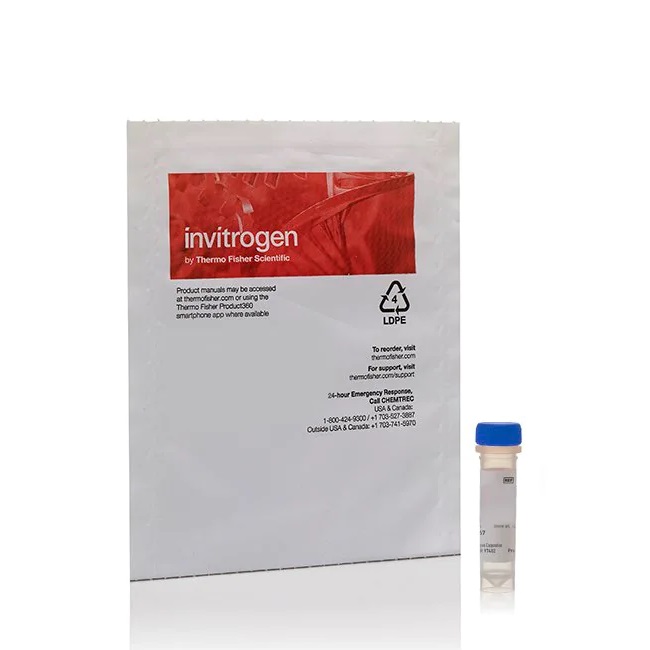
Invitrogen Goat anti-Rabbit IgG (H+L) Highly Cross-Adsorbed Secondary Antibody, Alexa Fluor™ 350, 1 mg
$ 434
On demand

Invitrogen F(ab')2-Goat anti-Rabbit IgG (H+L) Cross-Adsorbed Secondary Antibody, FITC, 1 mg
$ 337
On demand
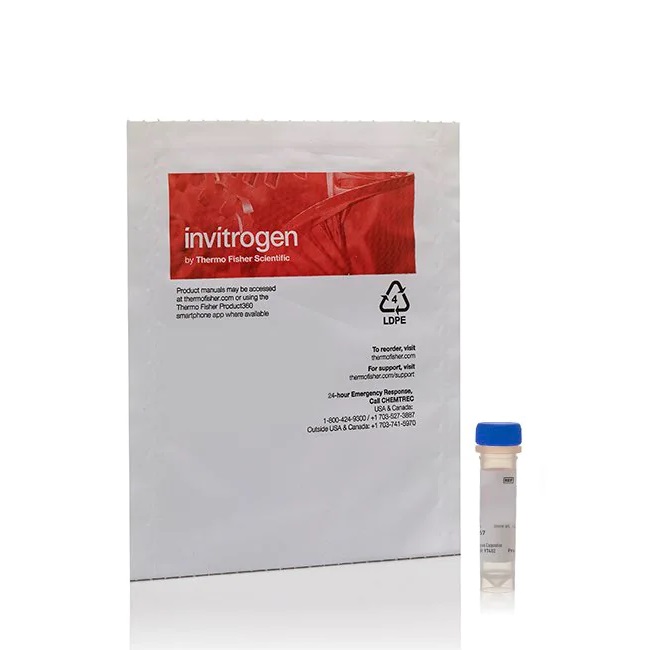
Invitrogen Goat anti-Rabbit IgG (H+L) Highly Cross-Adsorbed Secondary Antibody, HRP, 1 mg
$ 511
On demand
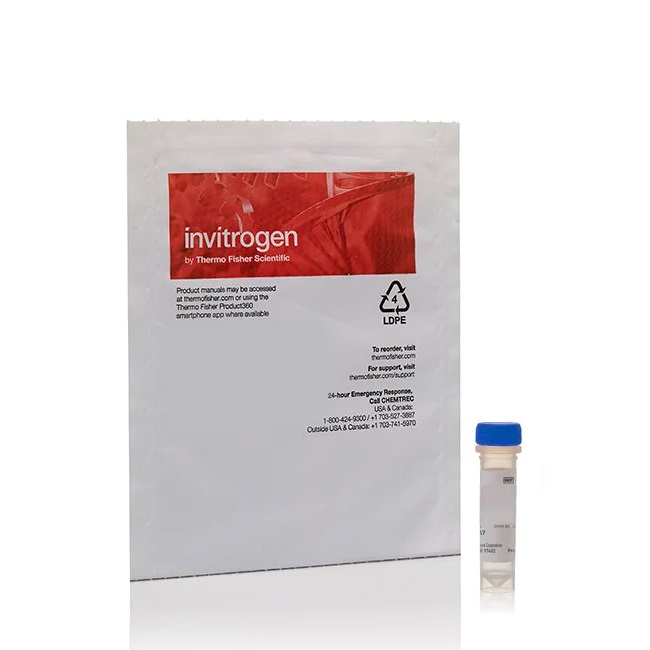
Invitrogen Goat anti-Rabbit IgG (H+L) Cross-Adsorbed Secondary Antibody, FITC, 2 mg
$ 198
On demand

Invitrogen F(ab')2-Goat anti-Rabbit IgG (H+L) Cross-Adsorbed Secondary Antibody, FITC, 500 µg
$ 199
On demand
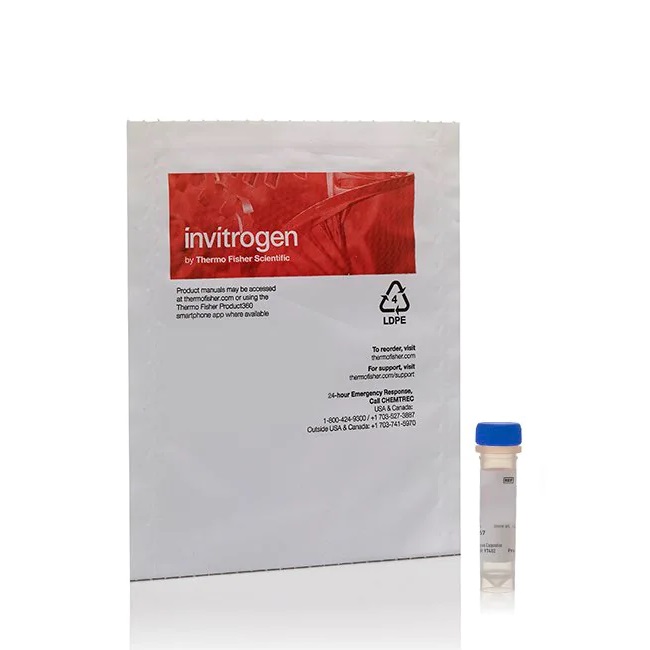
Invitrogen Goat anti-Rabbit IgG (H+L) Highly Cross-Adsorbed Secondary Antibody, Alexa Fluor™ 546
$ 431
On demand
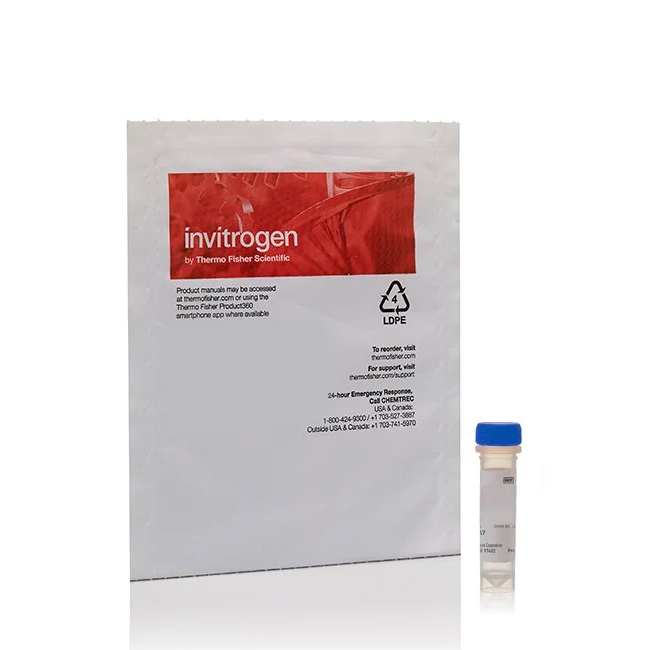
Invitrogen Goat anti-Rabbit IgG (H+L) Highly Cross-Adsorbed Secondary Antibody, Alexa Fluor™ Plus 680, 1 mg
$ 482


